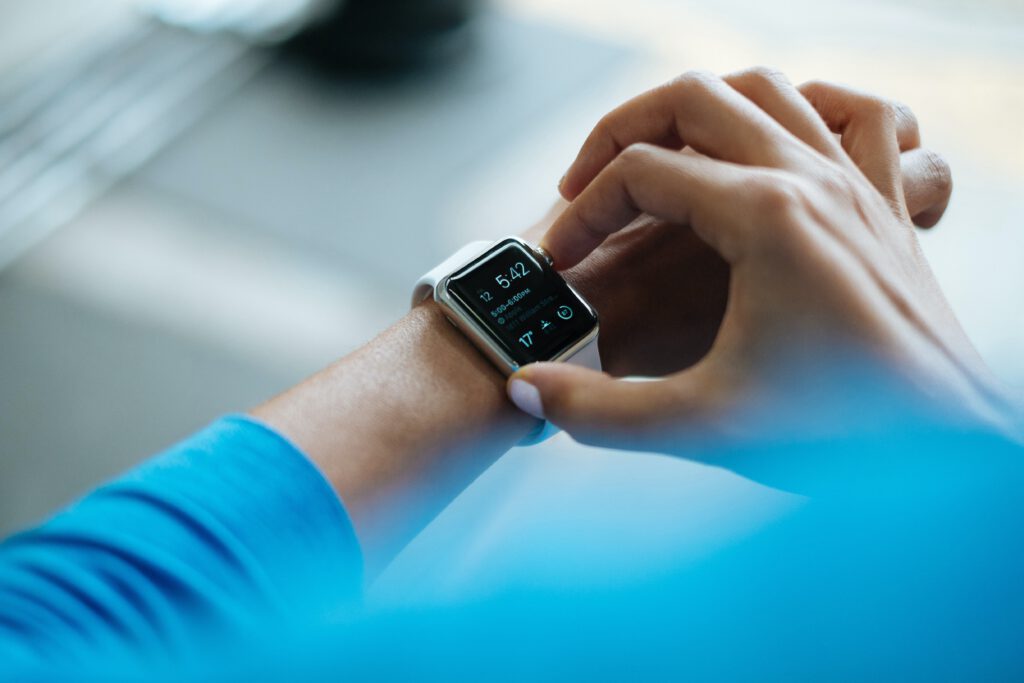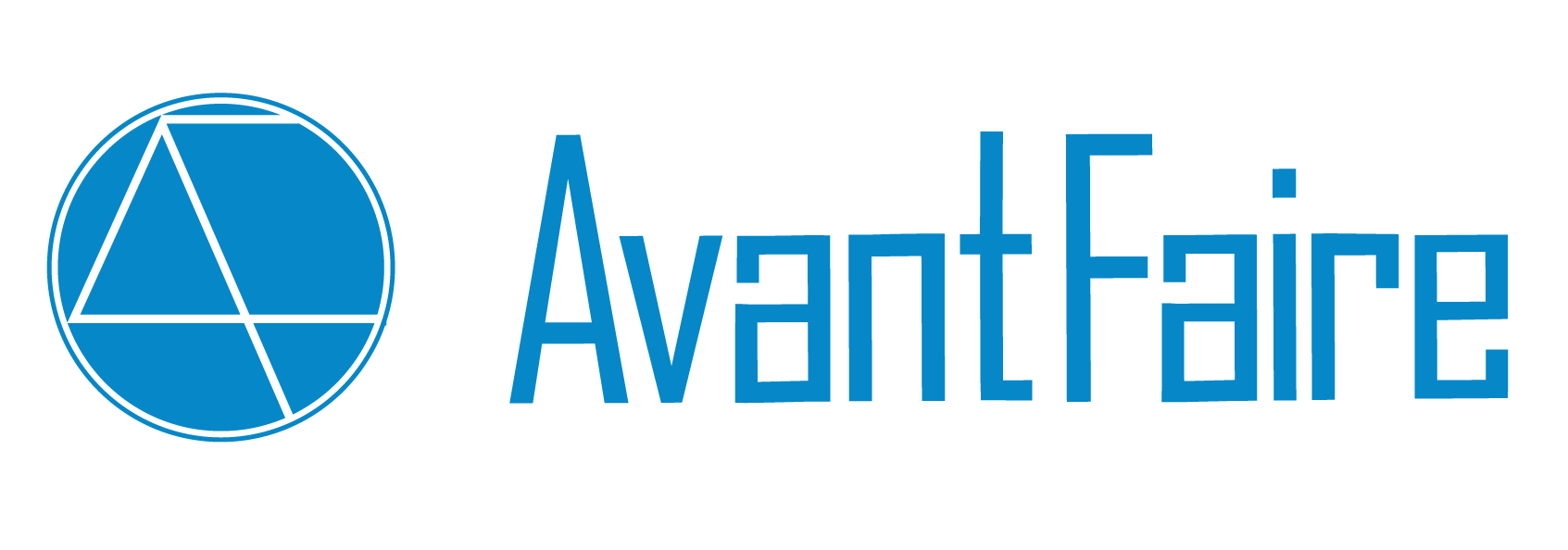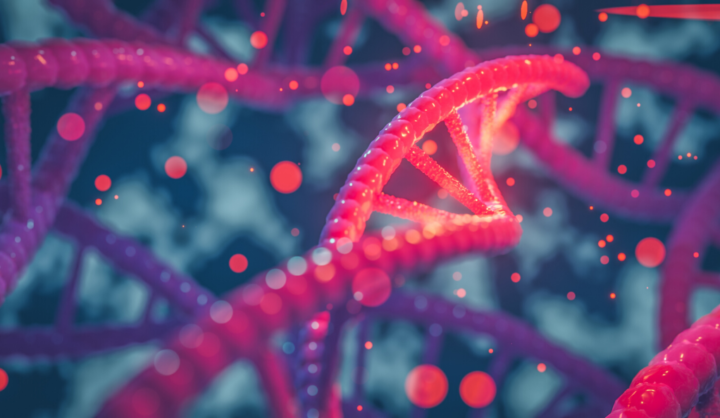Are you afraid of cancers? Do you have families or friends suffering from diabetes?
Currently, these Non Communicable Diseases (NCD) are the leading causes of death and disease burden worldwide. According to the WHO, NCDs cause three-quarters of global deaths.
The four main NCDs are cardiovascular diseases (like heart attack and stoke), which account for most NCD deaths, or 17.9 million deaths annually, followed by cancer (9.0 million), diabetes (1.6 million), and respiratory diseases (3.9 million).
The world has been living with COVID-19 for over a year now. Tremendous efforts have been put to deal with the pandemic. At the same time, the regular care often required by patients with NCDs has been disrupted.
Keeping the SDG3 of ensuring healthy lives and promoting well-being for all at all ages in mind, COVID-19 forced us to look at NCDs with some new perspectives. How can we do better in disease prevention and diagnosis in the post-pandemic period? Let’s explore some answers offered by the technology developments in various aspects.
Know Ourselves Better with Genetic Testing
Our DNA is the fundamental to our health and well being. By looking at our DNA, genetic testing tells us the genetic instructions which influence our health and risk for disease throughout our lifetime.
Some of the variations in our DNA can increase the risk of developing disease. Diagnostic testing can be used to provide diagnosis when someone is sick with causes that cannot be determined by physician examination. Proactive genetic testing can help healthy people plan for their future.
Taking cancer as an example, would you like to know the possibility of you getting a certain type of cancer if you can? I bet we all do.
Some genetic variants can increase your risk of getting cancer. Knowing if you’re at an increased risk can empower you to work with your doctor to prevent disease or detect it at an earlier, more treatable stage when survival rates are higher.
Pharmacogenetics is another growing application of genetic testing, which explores the interplay between our genes and how our body processes pharmaceuticals. DNA controls how our enzymes work; variations in DNA affect the enzymes that process medications. That’s why our bodies can metabolise some medication very quickly, while some other medicine may have no effect, or even have side effects on us.
Since our genetics won’t change, pharmacogenetics test results can help doctors decide the optimal drug and dosage for an individual to maximise the effect and minimise the side effect.
24/7 Effortless Glucose Monitoring
In 2017, 425 million people worldwide were living with diabetes. This number is expected to rise to 629 million by 2045.
For diabetics, blood sugar monitoring is a crucial key to health management. The traditional methods of measuring take a single drop of blood. If you have families or friends who suffer from diabetes, you might have seen some “bloody scenes”. Let’s say a diabetic checks the blood sugar 5 to 10 times a day. that means he or she needs to prick his/her fingers over several thousands times a year!

Photo by Luke Chesser on Unsplash
But thanks to technology, there are now devices which can directly stick onto your body and track the glucose level without pain.
It works by putting a small hair size sensor under your skin. The sensor then measures glucose levels in your interstitial fluid. The data are then transmitted to a monitor or your own mobile devices every five minutes which will alert you when your glucose level is too low.
There’re several players in this market, including Dexcom, Abbott, Medtronic and Senseonics. But they’re taking different approaches. For example, Abbott’s FreeStyle Libre has a value proposition, which is “extraordinarily cheap” and “works just fine”.
Dexcom partners with Apple to make its products compatible to Apple Watches. At the same time, Dexcon’s new generation product line collaborates with Google Health. Such collaborations enhance the user experience and data capability to ensure a 24/7 effortless monitoring of personal health.
Machine Learning Empowers Digital Biopsy
Besides fighting diabetes, Google Health has also spent several years developing machine learnings for AI to identify disease. Last year, Google research published a paper titled “A Human-Centered Evaluation of a Deep Learning System Deployed in Clinics for the Detection of Diabetic Retinopathy”.
Although the paper reveals that AI screening still has a long way to real-life testing, AI is the next area to watch. According to a 2020 report from Signify Research, the world market of AI based clinical applications for use in medical imaging will reach 1.5 billion USD by 2024. The market growth is projected to accelerate as the pandemic subsides and customer confidence in AI-based clinical solutions increases, with a peak annual growth rate of 44% forecast for 2022.
NYU Langone’s Perlmutter Cancer Center received state approval to use its AI classifier as a diagnostic test in October 2019, while researchers around the world are developing similar systems to help pathologists diagnose cancer more accurately. The goal is to use AI’s ability to recognize patterns that are too subtle for the human eye to detect, to guide physicians towards better-targeted therapies, and to improve outcomes for patients.
In the field of radiology AI, there are technology developers creating “digital biopsy” that uses AI to improve the diagnostic accuracy from the non-invasive methods up to the level of an invasive lung biopsy. Performing a biopsy from the thoracotomy is associated with up to a 16% mortality rate, digital biopsy could help to avoid such potentially deadly procedure.
In the near future, such technology can replace traditional invasive tissue tests (biopsies) to screen for various conditions such as pulmonary diseases, Idiopathic Pulmonary Fibrosis (IPF), hepatic diseases (i.e. NASH), gastrointestinal diseases, transplant rejection and complications, musculoskeletal diseases, neurologic disorders, cancers, cardiovascular diseases, and other rare diseases and metabolic disorders.
However, AI should not (yet) fully substitute the diagnostic services of a doctor for three reasons: accuracy, credibility, and most importantly, responsibility. But such technology can certainly provide “decision support” to clinicians who are aiming to diagnose or classify specific diseases.
Reference list
https://dl.acm.org/doi/pdf/10.1145/3313831.3376718
https://www.nature.com/articles/d41586-020-00847-2
https://www.itnonline.com/article/ai-medical-imaging-market-reach-15b-2024
.
.

